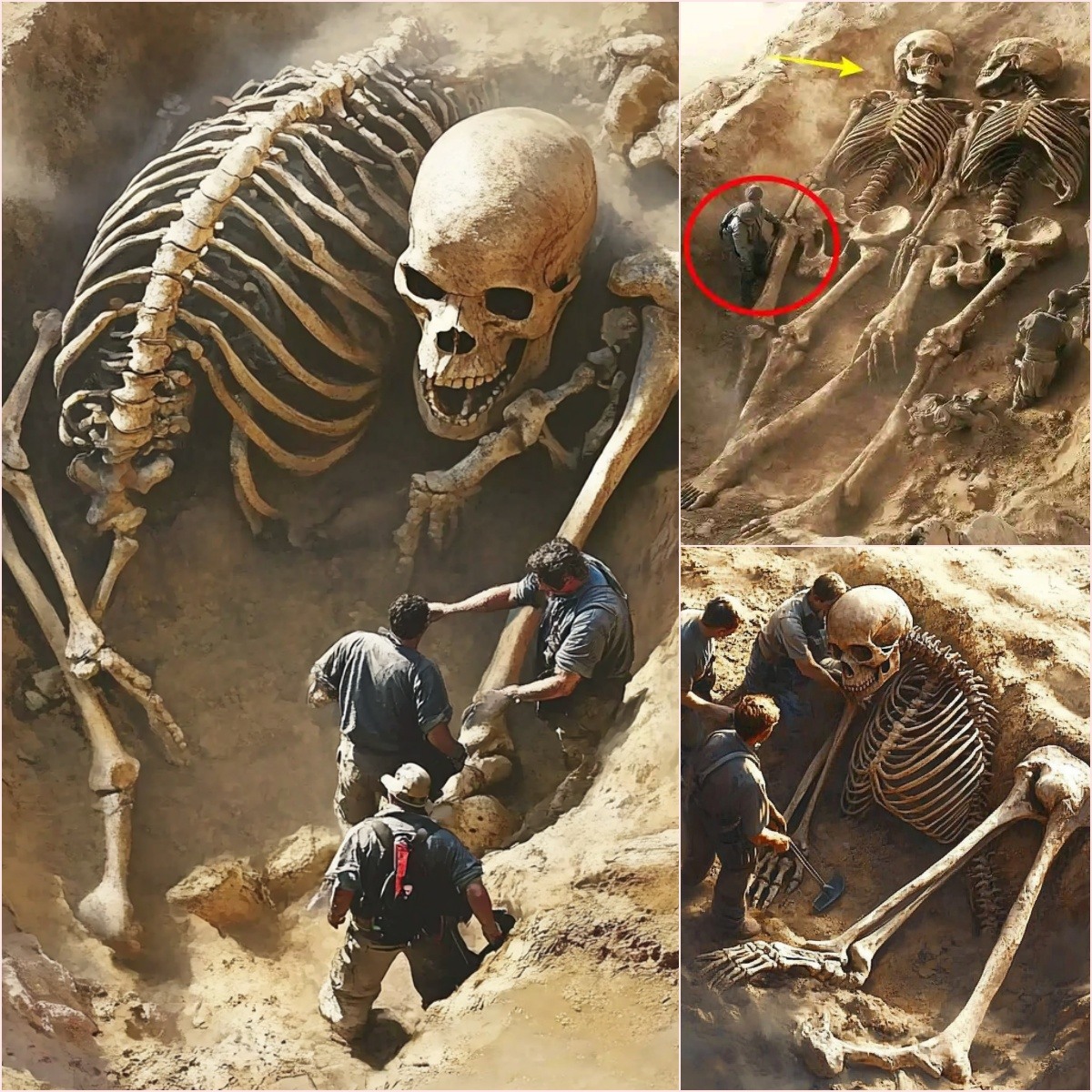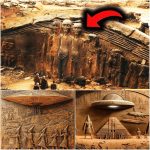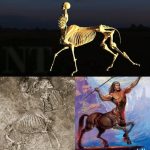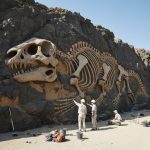Giants of Egypt: The 30-Foot Titans Beneath the Sands

In an extraordinary archaeological revelation, researchers in Egypt have reportedly unearthed a 5,000-year-old tomb containing two colossal human-like skeletons, each measuring an astonishing 30 feet in height. This discovery, if verified, has the potential to redefine our understanding of human evolution, ancient civilizations, and the myths that have fascinated humanity for millennia. The find has ignited a wave of curiosity, speculation, and scholarly debate around the possibility that legendary giants once walked the Earth.
The Tomb and Its Colossal Inhabitants

The tomb, hidden beneath layers of desert sand, contains two immense skeletons lying side by side, surrounded by intricately carved stone walls and ceremonial artifacts. The scale of the remains dwarfs any previously discovered human skeletons, raising profound questions about the biology, health, and social status of these extraordinary individuals. Preliminary analysis suggests that the tomb’s occupants were revered, possibly leaders or figures of immense importance in their society, as indicated by the elaborate burial arrangements and accompanying relics.
Archaeologists report that the bones are remarkably well-preserved, offering unique opportunities to study their anatomy, growth patterns, and potential genetic traits. Their colossal stature has sparked debates about whether these individuals represent a distinct branch of humanity, genetic anomalies, or a forgotten race lost to history.
Linking Myth and History
For centuries, ancient texts, folklore, and religious writings have referenced giants inhabiting the Earth in ages past. From Egyptian myths to biblical accounts and Greco-Roman legends, tales of enormous human-like beings have pervaded cultural narratives. The discovery of 30-foot skeletons provides a tangible basis for these stories, blurring the line between legend and historical reality. Scholars are revisiting ancient manuscripts and hieroglyphic inscriptions to explore possible references to these extraordinary figures and their role in early civilizations.
Scientific Analysis and Debate

The scientific community approaches the discovery with a combination of excitement and caution. Radiocarbon dating, DNA analysis, and comparative anatomy studies are underway to authenticate the remains, determine their age, and understand their physical capabilities. Experts are exploring how such enormous individuals could exist biologically, including potential adaptations in skeletal structure, cardiovascular systems, and muscle strength.
The tomb also offers insights into the culture, rituals, and craftsmanship of the time. The artifacts, carvings, and placement of the skeletons reflect sophisticated societal organization and religious practices, suggesting that the civilization responsible for the tomb possessed advanced knowledge and cultural sophistication, possibly comparable to or exceeding contemporary ancient societies.
Implications for History
If validated, this discovery could radically transform our understanding of human history, evolution, and ancient Egyptian culture. It raises questions about other potential giant populations worldwide and their place in the archaeological record. The find challenges conventional timelines and encourages interdisciplinary study, spanning archaeology, anthropology, genetics, and mythology.
Conclusion
The unearthing of 30-foot giants in Egypt is a discovery of staggering significance. Beyond its scientific implications, it evokes awe, wonder, and a connection to the myths that have captivated human imagination for millennia. As researchers continue their study, the sands of Egypt may reveal secrets of a time when giants truly walked the Earth, offering a glimpse into a lost chapter of human history that has long been whispered in legend and lore.











